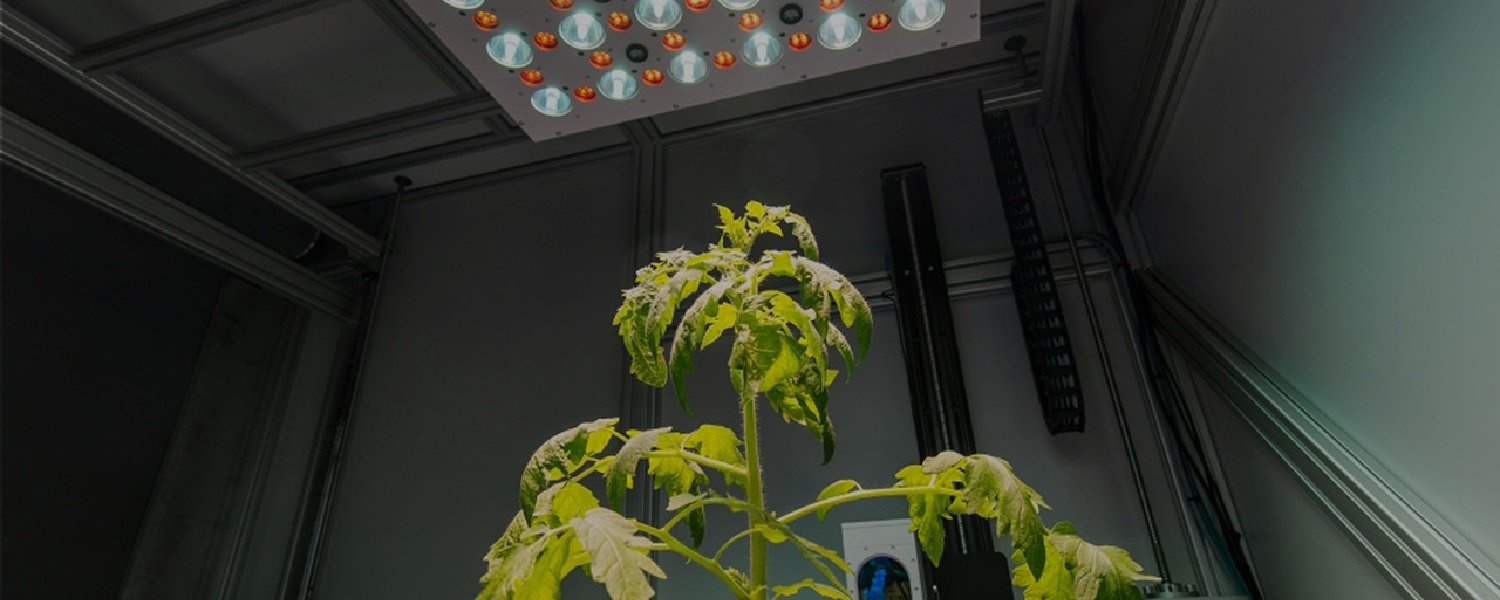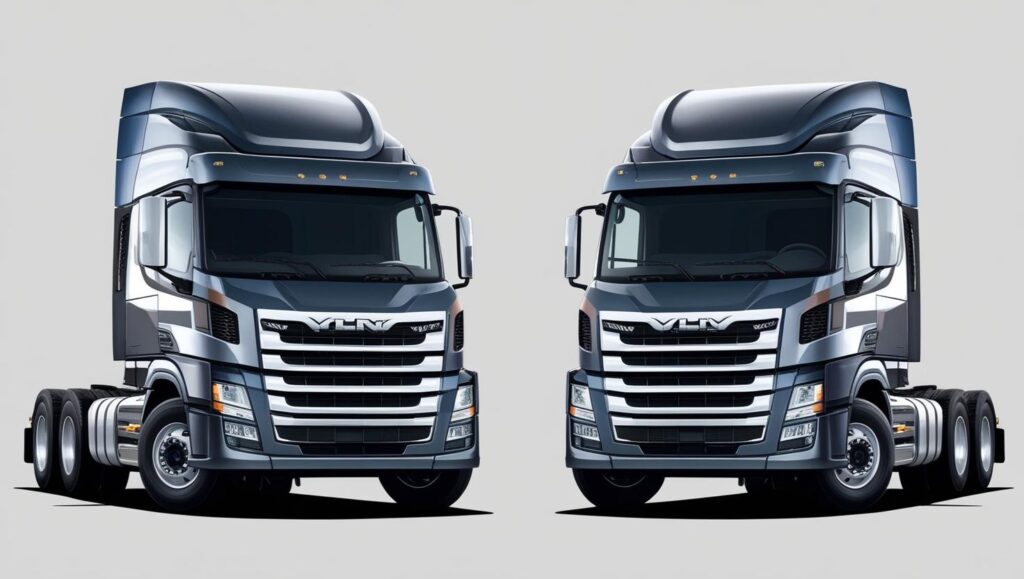The decision is made: the planned application or service will be created using low-code. But which first steps should you take and what should you pay attention to? PhenoVation talks about its beginnings with low-code.
Choosing to get started with low-code is only the beginning of the process. The next choice immediately follows: which platform do you choose? The market now consists of countless providers, each with their own specialism. A platform like Mendix, for example, lets you create an application in no time, while competitor Appian focuses more on work automation. And then there are also no-code providers like Betty Blocks, who ensure that you don’t have to program at all.
Before you can work with low-code, some preparation is important. PhenoVation therefore sat down with several providers. It was particularly important to them that the final application could contain a lot of business complexity, was flexible and that the data quality was guaranteed. PhenoVation makes camera systems for phenotyping: research into crops based on observable factors.
“The biggest problem we run into with phenotyping is that you can buy a lot of nice equipment, but the piece of software is often skipped,” says technical sales manager Vincent Jalink. The software that is available often has to be set up by hand. That takes a lot of time: “At our customer, a German multinational, they are now more than half a year behind with the analysis of their data”. With the new application, measurements from each plant should be analyzed in near real-time.
Extensive analysis needed
However, such an application quickly becomes quite complex. “Everything talks to each other, both the cameras and the equipment for liquid handling and all the sensors. The application has to read a barcode, send it to all the cameras and validate it. In addition, there is a quality check built into the cameras. The cameras check whether all images were recorded properly. If not, an alarm should go off to the user. And now we’re only talking about measuring data,” explains Jalink.
The software must also automate the data. This involves large amounts of information: twice a day 320 well plates – trays with 96 sections in which the plants grow – are automatically placed under the cameras. The software must check whether the plants have grown properly and exclude any other compartments from the data. Only after this check is the data analyzed.
Such an application must therefore be quite capable. That is why Jalink decided to work with USoft, a low-code provider that focuses specifically on complex systems. The first step USoft then took in developing that application was to do an extensive analysis. “One of the risks in such a project is that you work with people who have little or no understanding of IT,” explains USoft’s CCO Roel Spans. “That’s why we started with a six-week definition study, in which we discussed very clearly what exactly PhenoVation’s customer needed.”
Remarkably, that first step also immediately creates the biggest challenges. “You do have to convince people that you want to go into that analysis phase. Nowadays everyone thinks: I have a scrum board, so I’ll just write down some things quickly and then I’ll have my application.” According to Spans, in some cases that’s not a bad thing: “If you’re only going to build a front-end application, then you shouldn’t start doing overly complicated analyses. Then everyone goes crazy. But in this case, they experienced those six weeks as very pleasant, because now they know for sure that we understand exactly what needs to be built.”
“If you’re only going to build a front-end application, then you especially shouldn’t do overly complicated analysis. Then everyone goes crazy”.
From analysis to rules and code
Once it is concrete what exactly needs to be built, work on the application can begin. At USoft, this means converting the requirements from the analysis into “business rules”: clearly written rules that govern the behavior of processes and ensure that decision-making is automatic and real-time. “Based on those rules, you then create an application that has an Oracle or SQL database underneath,” Spans explains. That application is largely built using the business rules and previously created designs, but some programming is also required. Phenotyping in particular sometimes requires a slightly different scope or a new function. The application must therefore be flexible enough to make that possible.
That is why Python has added another piece of intelligence, with which pipelines can be called. Such a pipeline contains pieces of software that give certain commands, such as removing the background or showing only the green pixels. “We do that now with PlantCV in Python, which is derived from OpenCV. The creators have patterned OpenCV after the plant and documented it well. So if a researcher wants to change or add something, he can do that very easily himself via a pipeline, which in turn produces an executable. Such an executable may be made in anything, for example MatLab or so Python.”
Almost finished
Building the application is now progressing rapidly. The two companies began their collaboration in November and expect to be ready for testing and acceptance by mid-February. “If this doesn’t go fast, then you may as well get rid of the term ‘low-code,'” laughs Spans.
What is Fenotyping
Phenotyping is a science that contributes to the process of developing new varieties. For this purpose, large numbers of plants are evaluated to select the best ones. This is done on the basis of the phenotype: the total of all observable characteristics of the plant.
Phenotyping is used to determine which plants, for example, produce the best flavor or shelf life, or increase yield. By selecting those plants for the development process, these genes are built into the new variety. In this way, existing varieties are improved.




